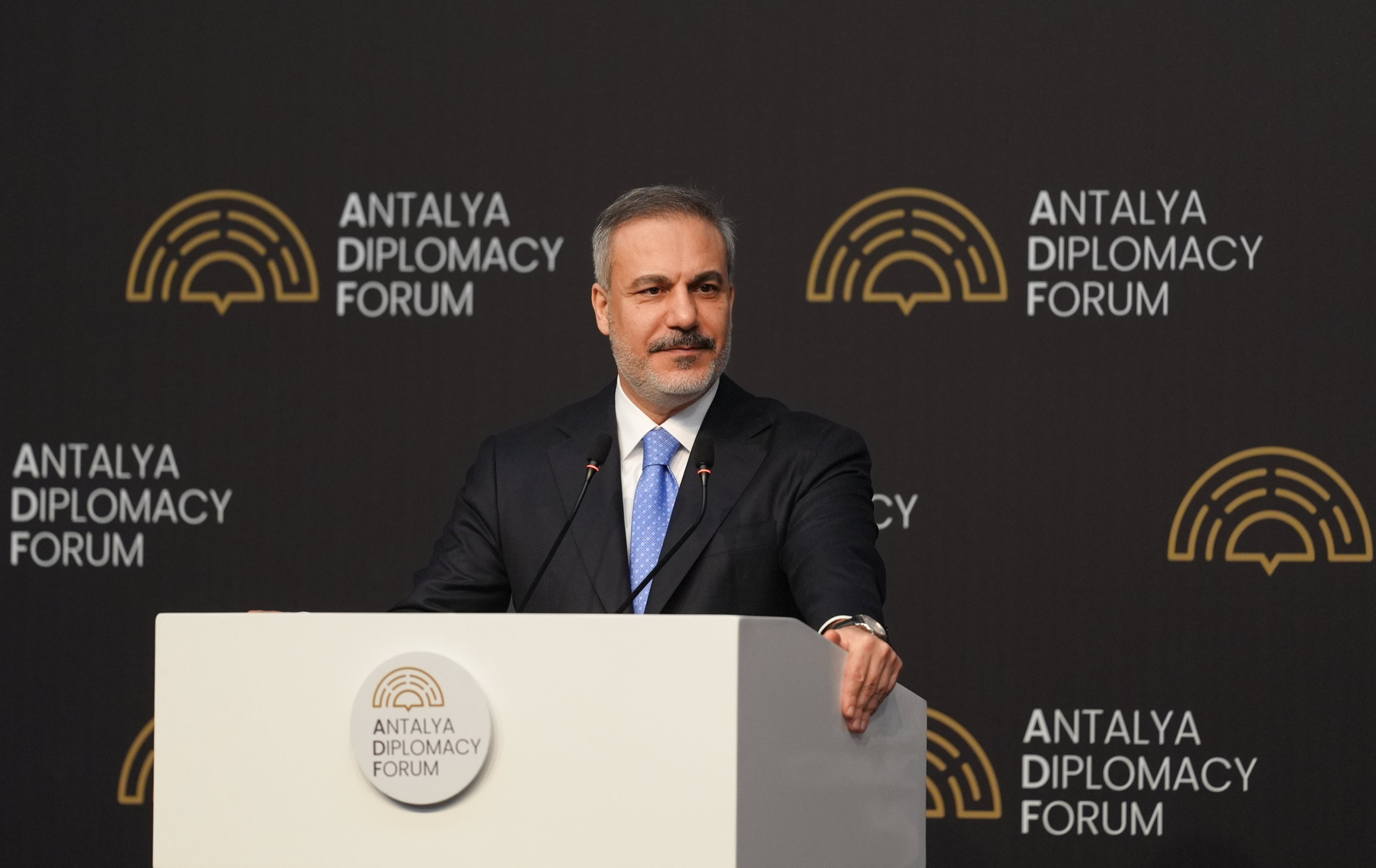In a recent interview with an American podcaster, Prime Minister Narendra Modi had this to say of India’s China relations: “Our cooperation is not only (mutually) beneficial but also essential for global peace and prosperity.” In the same breath, he added that normalcy has returned to the India-China border after his recent talks with President Xi Jinping. As if expecting such a positive comment from the Indian side, that too at the highest level as the prime minister, the Chinese Foreign Ministry spokesperson declared that a ‘dragon-elephant dance’ cooperation is the only correct choice for the two neighbours.
‘In the 2000-plus-year history of interactions, the two countries have maintained friendly exchanges,’ and both the countries learnt from each other, contributing to civilisational achievements and human progress,’ the spokesperson said, taking the discourse as far away as possible from Galwan and Doklam. If this were only signals, a substantive announcement came after subsequent bilateral talks in Beijing. Indications of reviving talks at the level of Special Representatives (SR) of the respective leaders before the year-end emerged, and that is saying a lot.

National Security Advisor (NSA) Ajit Doval is the SR from the Indian side, as has always been since the institution of the NSA was founded under Prime Minister Atal Behari Vajpayee. Significantly, the idea of SR-level talks was aimed at ‘focusing’ on the vexatious border dispute. Rather, it was possibly aimed at ensuring that bilateral relations did not get bogged down on the altar of border talks.
It aimed at facilitating the separation of the (unending) border talks from other aspects of bilateral relations, where mutual consultations and consensus could be aimed in such other areas as trade and geopolitics in multilateral forums on trade, tariffs and climate. Not going to be easy In fact, this was how the two countries were approaching bilateral relations since the advent of the SR mechanism, with fair success. Doklam (2017) created doubts in Indian minds, and Galwan (2020) sealed it.
In between, the ‘informal summits’ (?) at Wuhan (2018) first and Mahabalipuram (2019) were believed to have sorted out the pinpricks, but they had not, as Galwan showed. One can blame it on China and Xi for the downswing, but the result was that Galwan especially put the clock back by decades after the two nations had carefully rebuilt their relations, brick by brick, since the Chinese aggression of 1962. It is not going to be easy for India and Indians to accept anything that is on offer from Beijing; they have seen it all, and there is nothing that they have not seen or are unable to see or even visualise.
This will remain so even if and when bilateral cooperation in trade, tariffs and other aspects of the economy, social exchanges and political cooperation at the international level revives. Even here there are limitations, as an ever-doubting Pakistan would end up checking and re-checking how dependable China still is as a strategic ally. If nothing else on the border front, Islamabad can be expected to create situations in which China’s vote at the UN will be watched, whether or not it is the clincher.
Beijing too cannot be seen ditching Islamabad, if it had to come to that, until it was a hundred-plus per cent sure that bilateral ties with India had reached a stage in which the dragon and elephant can actually dance – without fearing the future. It is better or worse still for India, as bilateral ties with China hinge not only on the border dispute but also on the issue pertaining to Kashmir. Not a coincidence It was thus not a coincidence that External Affairs Minister (EAM) S Jaishankar, pointing fingers not only at Europe but also an India-friendly US, said that they were refusing to acknowledge Pakistan’s illegal occupation of Kashmir but were referring to it only as a ‘dispute’.
The message was directed even more at Beijing, which may have to make its decision well before the SR-level talks, when revived, begin going beyond the exchange of pleasantries and reviewing the area covered thus far. The reasons are not far to seek. At least up to a point, China had sought to make it trilateral by involving Pakistan, too, and it was unacceptable to India.
Beijing’s theory was that it was in possession of a part of the erstwhile state of Jammu and Kashmir, namely, Aksai Chin and the Shaksgam Valley, and any solution to the ‘Kashmir issue’ would have to involve all three. It doesn’t make sense for India to accept this, as New Delhi maintains that Pakistan is illegally occupying a part of the former kingdom of Jammu & Kashmir. Furthermore, India views Pakistan’s cession of the Shaksgam Valley to China and China’s capture of Aksai Chin as illegitimate claims.
If China wants a dragon-elephant dance early, it cannot be over trade, commerce and climate issues, bilateral or multilateral. They can at best create the right mood and climate, but finding a negotiated settlement to the border dispute is the real thing. If proof is needed, bilateral ties had vastly improved in these areas when Doklam, to a lesser extent, and Galwan – both a part of the border dispute – put paid to all that had been achieved through the past years and decades after 1962.
Of course, China giving up false claims over Arunachal Pradesh could be the mainstay. Then, there are sector-wise issues and concerns, where New Delhi would be guided more by the nation’s defence forces and security agencies. Given that the India-China border is nearly 3,500 km, or 3,488 km to be precise, and there are rival claims in every sector and for every kilometre, a cartographical solution guided by security agencies cannot come up with a package acceptable to both sides in the short or medium term.
Already, 22 years have passed by without much progress on the ground after the creation of the SR mechanism in 2003. What is needed is a political decision and consequent direction at the highest levels for the SRs to come up with a package solution, guided by mutual trust and not mutual suspicion, as is the case now. Yes, the Wuhan and Mahabalipuram summits were expected to provide that leadership direction, if at all, but Galwan, a Chinese creation, blew it all.
Twin ambitions Even without it, China may have complicated things for an early solution. China’s global ambitions are one thing, but to create conditions inimical to India in the immediate neighbourhood of the latter in every which way is neither the way to achieve it nor is it the road to a dragon-elephant dance. New Delhi, independent of political changes, has not protested overmuch when China began big-time investments in India’s neighbourhood, say, starting with Hambantota in Sri Lanka.
In doing so, India was well aware of the economic limitations of host countries in the region and also their societal aspirations in terms of national development and individual growth. New Delhi was even more alive to the inherent limitations of supporting every neighbouring nation in their development projects exclusively and to the exclusion of third nations, whether or not they were friendly or adversarial to India. But today, China’s intention and intrusiveness in India’s neighbourhood go beyond Pakistan, which Beijing could claim to be a ‘traditional ally’.
But the way China has exploited Pakistan and has almost always turned away whenever Islamabad was in need of big money – as now – and is exploring strategic advantages against India, both on land and in the neighbourhood seas, there are more skeletons in Beijing’s cupboard than it may want to show or throw. But today, China’s twin ambitions in the geo-strategic sphere seem aimed at containing India to South Asia or less and spreading its wings all across the world to match the US, the world’s only superpower, fighter for fighter, carrier for carrier. Rather, Beijing seems inclined to contain India first before it could complete the second ambition, of competing with the US globally.
‘Neutral’, and not ’neutralised’ In this, China is following the failed ‘Soviet model’, of containment of neighbours, if not jackbooting them. In political and strategic terms, too, there is no comparison between China’s animosity towards India and its ambition to contain Taiwan. Apart from the South China/East China Sea issues and, of course, Taiwan as a whole nation, the border dispute with India is the only legacy issue for China, President Xi in particular.
Before President Donald Trump began talking about ‘annexing’ Canada, Mexico and Greenland, a little farther away, the American success story on the global front was owed to the nation making friends of neighbours before spreading out more than during the two Great Wars of the previous century. Maybe Trump may have made enemies of his neighbours without firing a shot or even loading a gun. Still, for China to hope to succeed in its ambitions, the nation has to make friends with India, not an enemy out of it.
For China’s success on the global front, it needs a ‘neutral India’, not a ‘neutralised India’, which anyway is not going to happen. There may have been some apprehension in Beijing that New Delhi had ignored its olive branch in the first decade of this century, or even earlier, when their leaders were talking about ‘China’s hardware and India’s software conquering the world’ – obviously not stopping with the IT industry. That was after India had linked the Pokhran-II nuclear tests to future apprehensions about China and not necessarily Pakistan, which too tested a fortnight later, both in May 1998.
In a way, China was on notice even then, to prove that its intentions were genuine and its ways were test-worthy and trust-worthy at the same time. Truth be acknowledged, five years down the line, the two had acknowledged that the border dispute, over which they fought in 1962, was still nagging them and created the SR mechanism in 2003. In context, thus, for China to hope for an early dragon-elephant dance, it has to well begin with ending the border issue with India through negotiations.
But it will also have to pull down its limited strategic infrastructure that has been coming up, from time to time, in India’s neighbourhood and roll back its future plans, barring those that are truly development-centric and do not lead to a debt trap. In short, Xi should be bold to acknowledge and accept that South Asia as a landmass and the western Indian Ocean are still India’s ‘traditional sphere of influence’ – and act accordingly. It has to begin with putting its friends and hidden allies in the region on notice – that they cannot afford to antagonise India, in the hope that China would stand by them or in the belief that China was helping them only with an ulterior strategic motive centred on India.
It is then, and only then, the dragon-elephant show can really begin! The writer is a Chennai-based Policy Analyst & Political Commentator. Email: [email protected] .
Views expressed in the above piece are personal and solely those of the author. They do not necessarily reflect Firstpost’s views..
Politics

How India-China reset will not be easy task for Beijing

For China’s success on the global front, it needs a ‘neutral India’, not a ‘neutralised India’, which anyway is not going to happen















